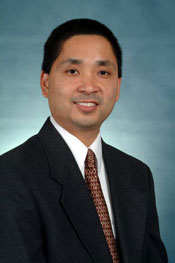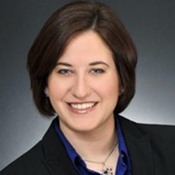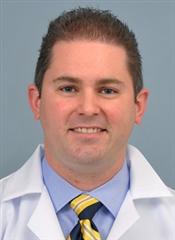Meet the New Boss: Transforming Medical Physics Practice with Surgeons, Entrepreneurs, and Bankers
D Wu1*, F Bova2*, K Schoppe3*, M Curry4*, L Genovese5*, D Jordan6*, (1) University of Oklahoma Health Science Center, Oklahoma City, OK, (2) University of Florida, Gainesville, FL, (3) Radiology Associates of North Texas, Grapevine, TX, (4) Apex Physics Partners, Towson, MD, (5) Krueger-Gilbert Health Physics, Towson, MD, (6) University Hospitals Cleveland Medical Center, Shaker Heights, OH
Presentations
TH-CD-206-0 (Thursday, 7/14/2022) 10:00 AM - 12:00 PM [Eastern Time (GMT-4)]
Room 206
This session examines transformational trends underway in medical physics that will directly affect day-to-day clinical practice as well as the environments in which it occurs - trends which informed and motivated the creation of Medical Physics 3.0.
Emerging and evolving roles for medical physicists in image-guided surgery are expanding both scientific inquiry and clinical practice beyond the established medical physics domains of diagnostic imaging, nuclear medicine, and radiation therapy. Presenters describe successful initiatives where medical physics holds a key role in research programs and clinical services for image-guided surgery and image-guided interventions, leveraging scientific methods, technical expertise, clinical context-awareness, and patient-care orientation and integrating into multi-disciplinary teams.
Consolidation and private equity investment are ongoing trends in healthcare that are transforming the practice environment for medical physics. The future for both hospitals and professional practice groups appears likely to comprise a market landscape with a smaller number of larger organizations than the past, driven partly by private equity investment in both types of businesses. Medical physics service groups are undergoing similar trends to those experienced by physician private practices in fields like radiology, potentially for similar reasons and with similar dynamics. These changes are certain to affect the resources, policies, and organizational decision-making processes that govern the daily experience of medical physicist employees - some positively, and perhaps some not. It can be difficult for an individual employee to predict the direct or indirect impacts of their employer acquiring, being acquired by, or merging with another organization, especially in transactions where few (if any) terms are publicly disclosed. Presenters review private practice consolidation in diagnostic radiology as a potential preview of the future trends in medical physics and share their experience and perspectives purchasing, operating, merging, and working in a growing private practice organization.
Learning Objectives:
1. Understand the needs and priorities of stakeholders that medical physicists can meet in image-guided surgery and interventions.
2. Describe the skills, traits, and practices that drive successful medical physics engagement outside radiology and radiation oncology.
3. Analyze historical trends in physician practice consolidation and their potential applicability to medical physics.
4. Interpret common terms and phrases encountered in press releases announcing private equity transactions involving medical and medical physics practices.
5. Evaluate the potential impact of an employer's consolidation on employees' compensation, practice environment, and future professional opportunities.
Handouts
- 175-63415-16361659-186905-2128296286.pdf (Dee Wu)
- 175-63418-16361659-186907-1177307377.pdf (Michael Curry)
- 175-63419-16361659-186908-1449987215.pdf (Lisa Genovese)
Keywords
Not Applicable / None Entered.
Taxonomy
Not Applicable / None Entered.
Contact Email













